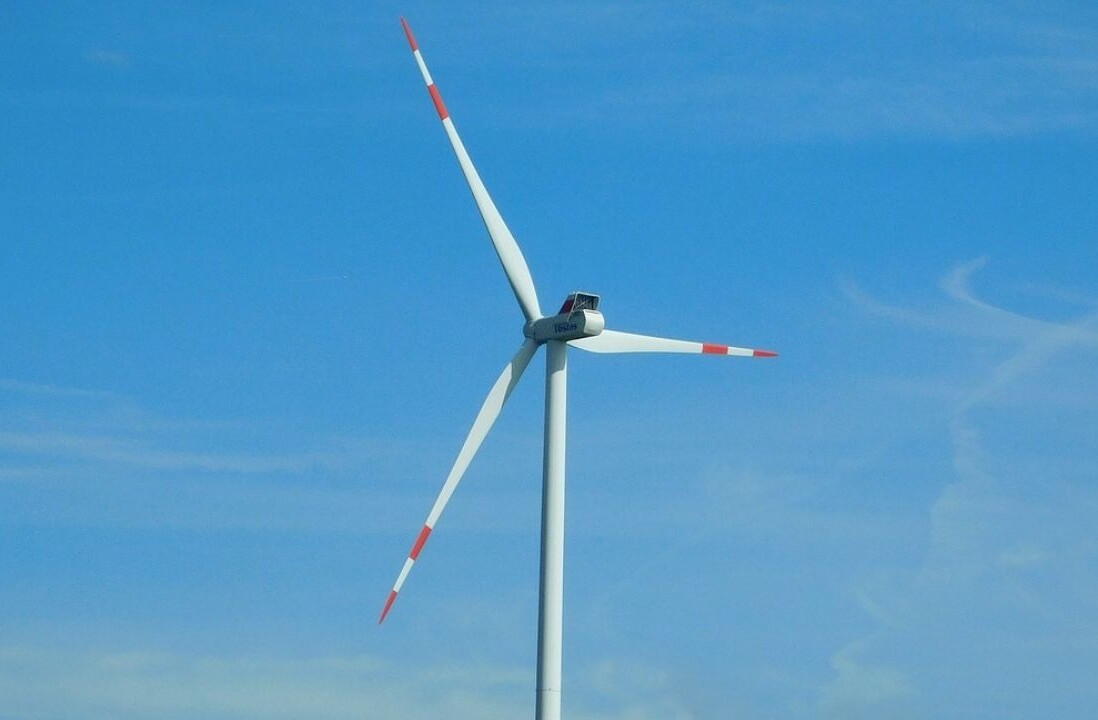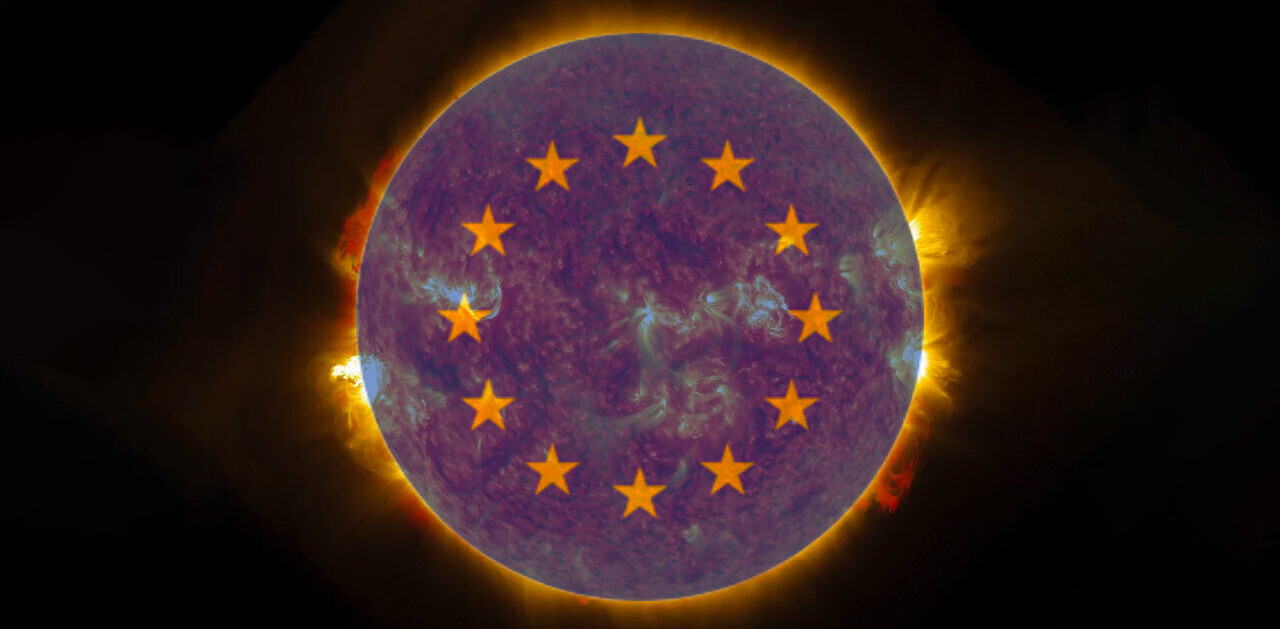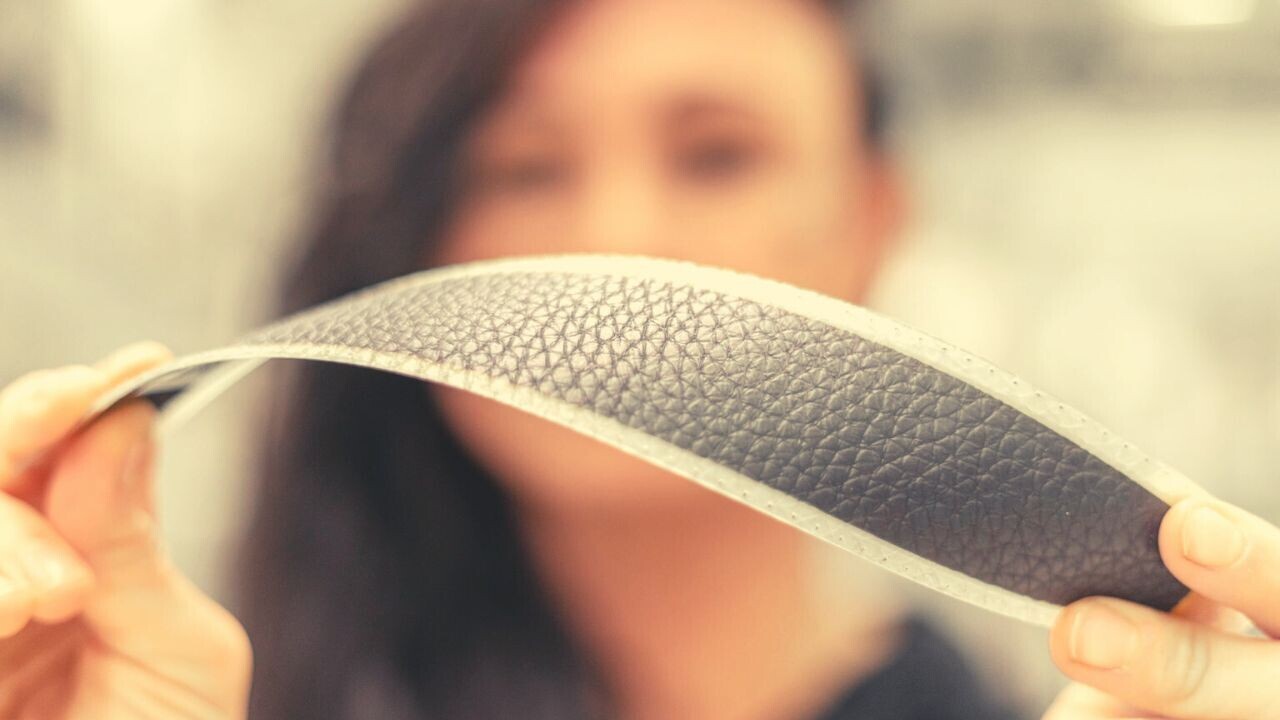
It’s a sunny time for solar power — and for good reason: it’s abundant, renewable, and sustainable. As the world is turning towards alternative energy sources, solar is the fastest growing renewable. In fact, it accounts for over half of the 302GW of renewable capacity installed internationally in 2021.
But there’s still a long way to go. And one sector that solar can have a seismic difference? Consumer tech.
Swedish deeptech scaleup Exeger entered this space in 2009, with the vision to harness solar energy for consumer electronics and make battery life woes a thing of the past.
Now, 13 years later, the company counts more than 200 employees and has two solar cell factories in Stockholm, where it engineers and produces its patented hardware. Called Powerfoyle, the technology can be seamlessly integrated into existing devices, enabling them to transform indoor and outdoor light into virtually endless energy.
Currently, six products using Exeger’s technology have been commercialized. Three of them are solar-powered headphones: the Urbanista Los Angeles, the Urbanista Phoenix, and the Adidas RPT-02 Sol. The company has also integrated Powerfoyle into the Blue Tiger Solare communication headset, the POC Omne Eternal bike helmet, and the Spåra Hund, a self-powered dog harness.
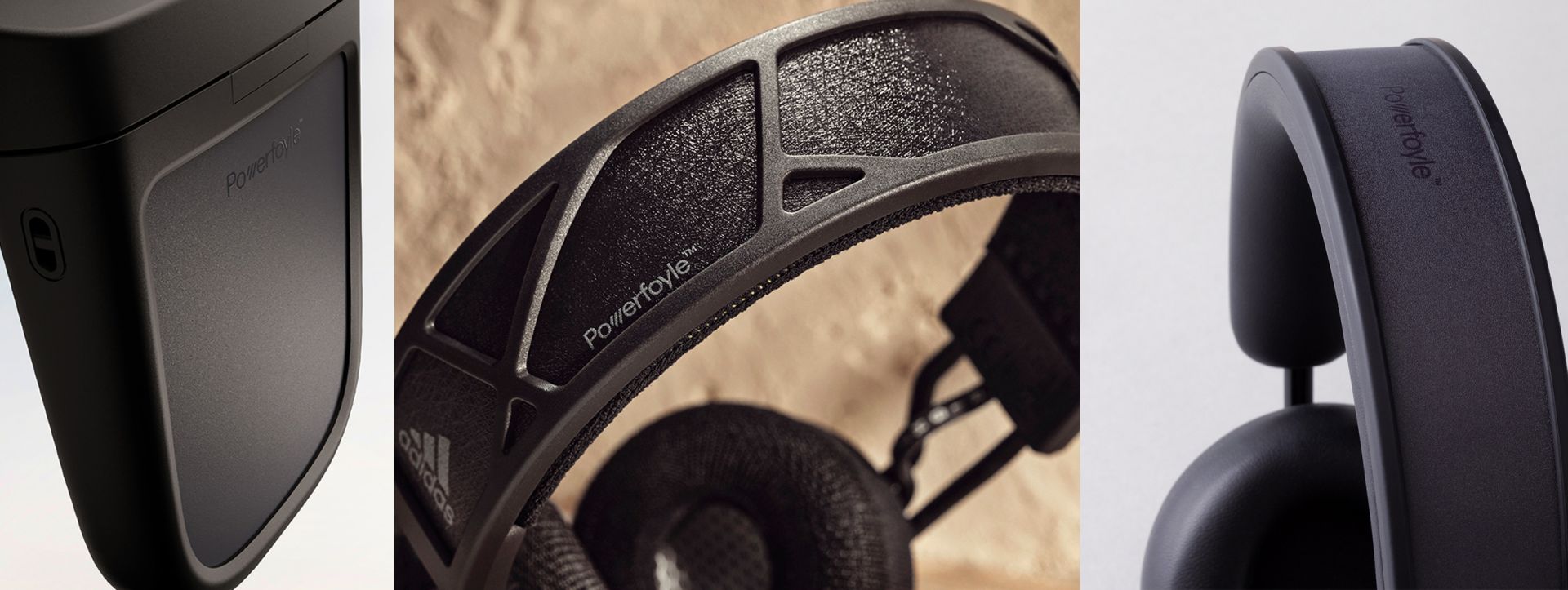
To find out how this all started, I spoke with Giovanni Fili, the company’s founder and CEO.
Having a 20-year background in entrepreneurship, over 20 years of commercialization experience , and more than 23 years working with clean tech, he told TNW that looking into the everyday applications of solar power felt like a natural step.
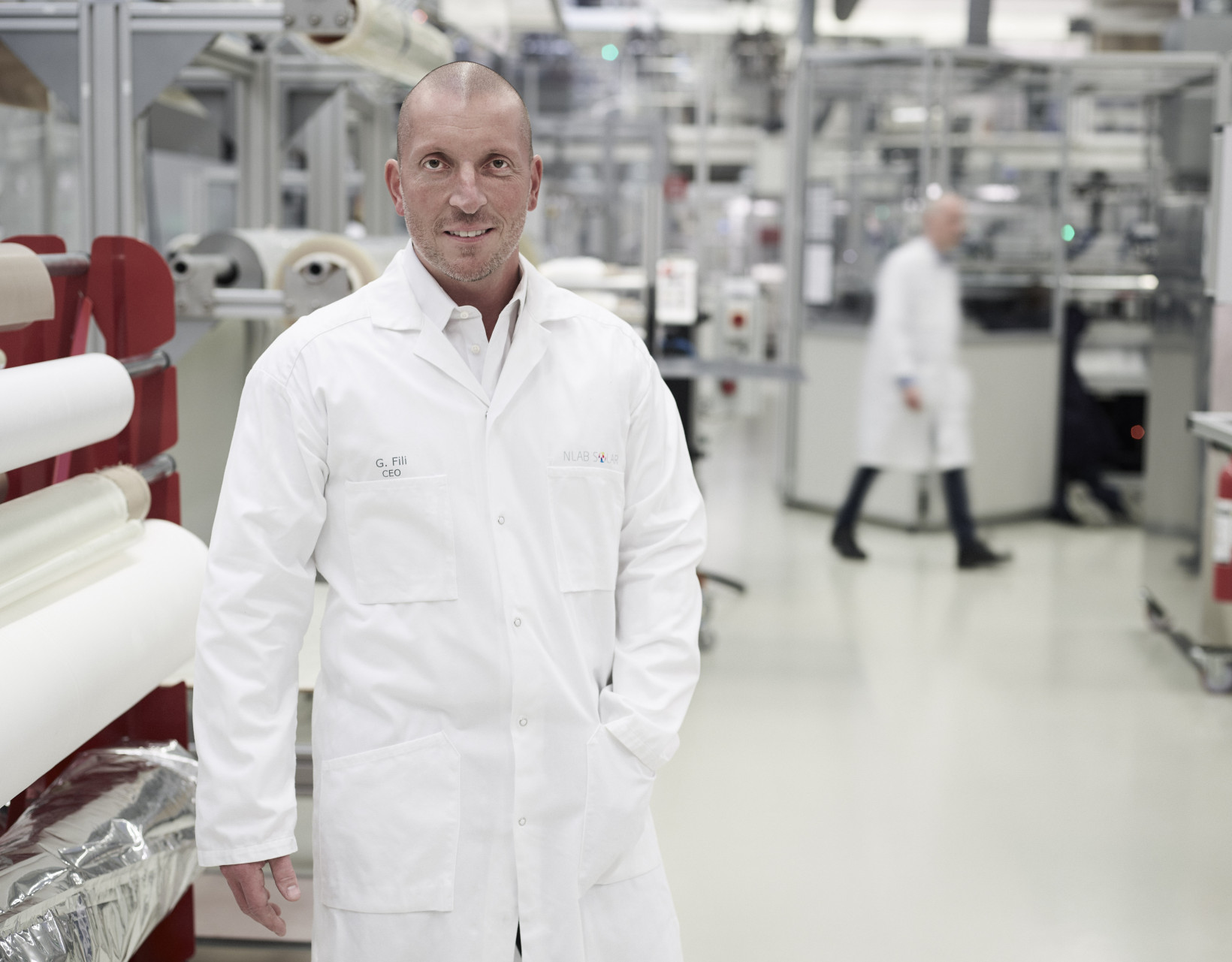
“We started out with a nanotech invention, we made it into a component, and then we made a new solar cell from it,” Fili said.
“We realized after a few years that this had a huge potential because we can screen print this solar cell, which allows a free-form design with different shapes, colors, and textures. This, in turn, allows us to integrate Powerfoyle in existing products that are sold in billion units per year — giving them eternal battery life basically.”
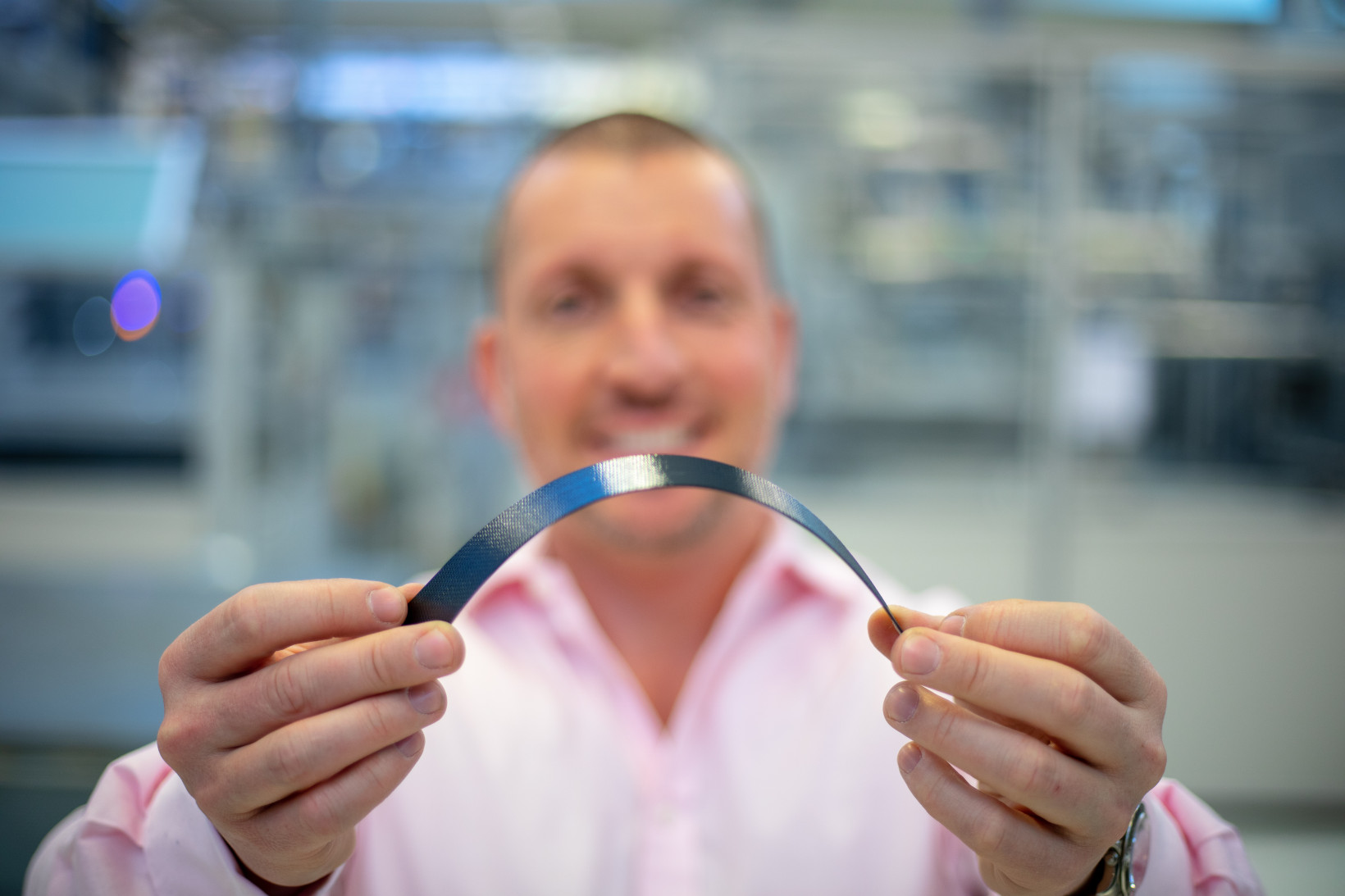
Powerfoyle: a new kind of solar cell
Unlike typical solar cells, Powerfoyle is a silicon-free technology. Exeger has replaced silicon with titanium dioxide and reinvented what is called a Dye Sensitized Solar Cell (DSC). “This means that we have a color, a dye, which absorbs the light like artificial photosynthesis,” Fili explains.
In nature, chlorophyll is what enables photosynthesis, through which plants transform light energy into water, oxygen, and carbon dioxide. Likewise, Exeger’s dye can absorb the light from any angle under any light conditions, indoors or outdoors.
At the core of the DSC technology stands a unique conductive electrode material, which has replaced the commonly used and expensive Indium tin Oxide (ITO) layer.
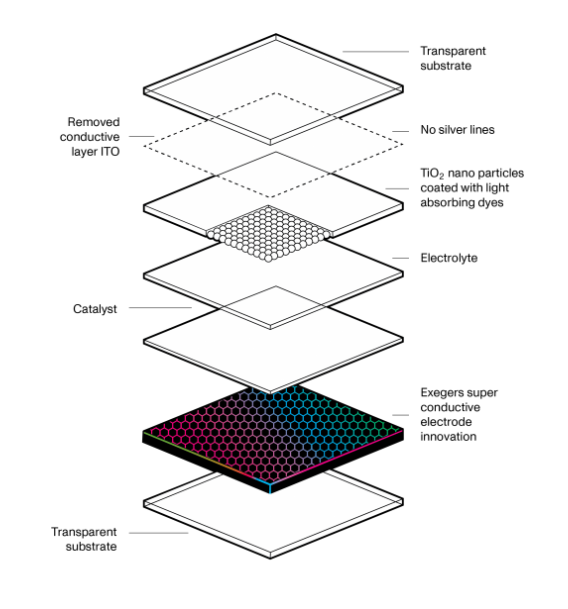
Powerfoyle’s chemistry and architecture result in a cell that’s not sensitive to partial shading — one of the biggest problems regarding power losses in solar cell systems, since shading just one cell in a module can reduce the power output to zero.
According to Fili, even if Powerfoyle gets partial light exposure, it still works. That’s because the full visual surface of the cell is active, which means that even if you cover part of it, the remaining part facing the light will still produce electricity.
As to why this successful technology isn’t used for solar panels, that’s because traditional solar cells are more energy efficient when it comes to large-scale power production.
How customizable is Powerfoyle?
“That’s where the cell’s unique chemistry and our free-form printing technique come in,” Exeger’s CEO says.
The material can be made into almost any type or form, and can be produced in sizes ranging from 15cm² to 500cm² — meaning it can fit into the product it’ll be charging.
When it comes to textures, there are over 100 different options, including leather, brushed steel, carbon fiber, fabric, and wood.

This allows Powerfoyle to be integrated into curved surfaces like headbands or helmets and seamlessly blend with an existing device.
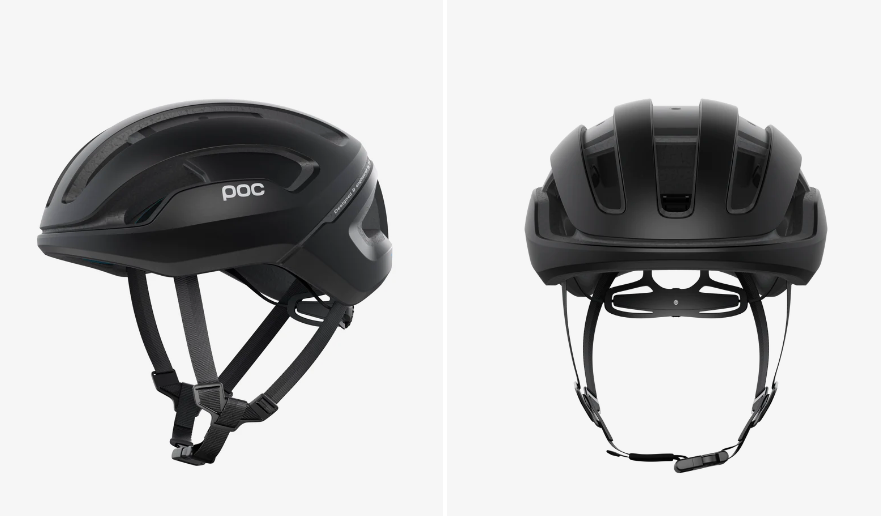
For this reason, while solar-powered headphones are the company’s most popular product so far, the scaleup envisions — and is working on — various other application areas. These include portable speakers and e-readers in the consumer electronics segment, as well as IoT devices such as trackers, sensors, and remote controls. On top of this, Exeger is also planning on integrating Powerfoyle into helmets, vests, and hearing protection for smart workplaces.
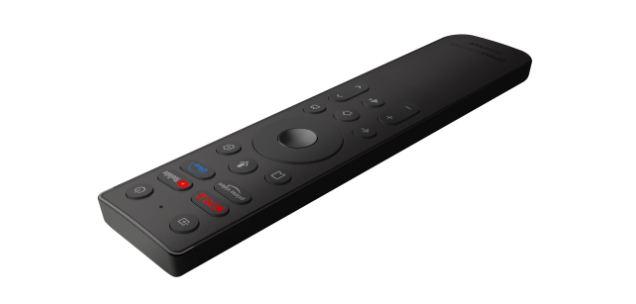
Integrating a power source
According to Fili, producing the solar cells is a fast-paced process. “We print with high speed printers. So I think one print takes about 23 seconds, and we manufacture approximately 100 or 200 cells with that one print,” he told me.
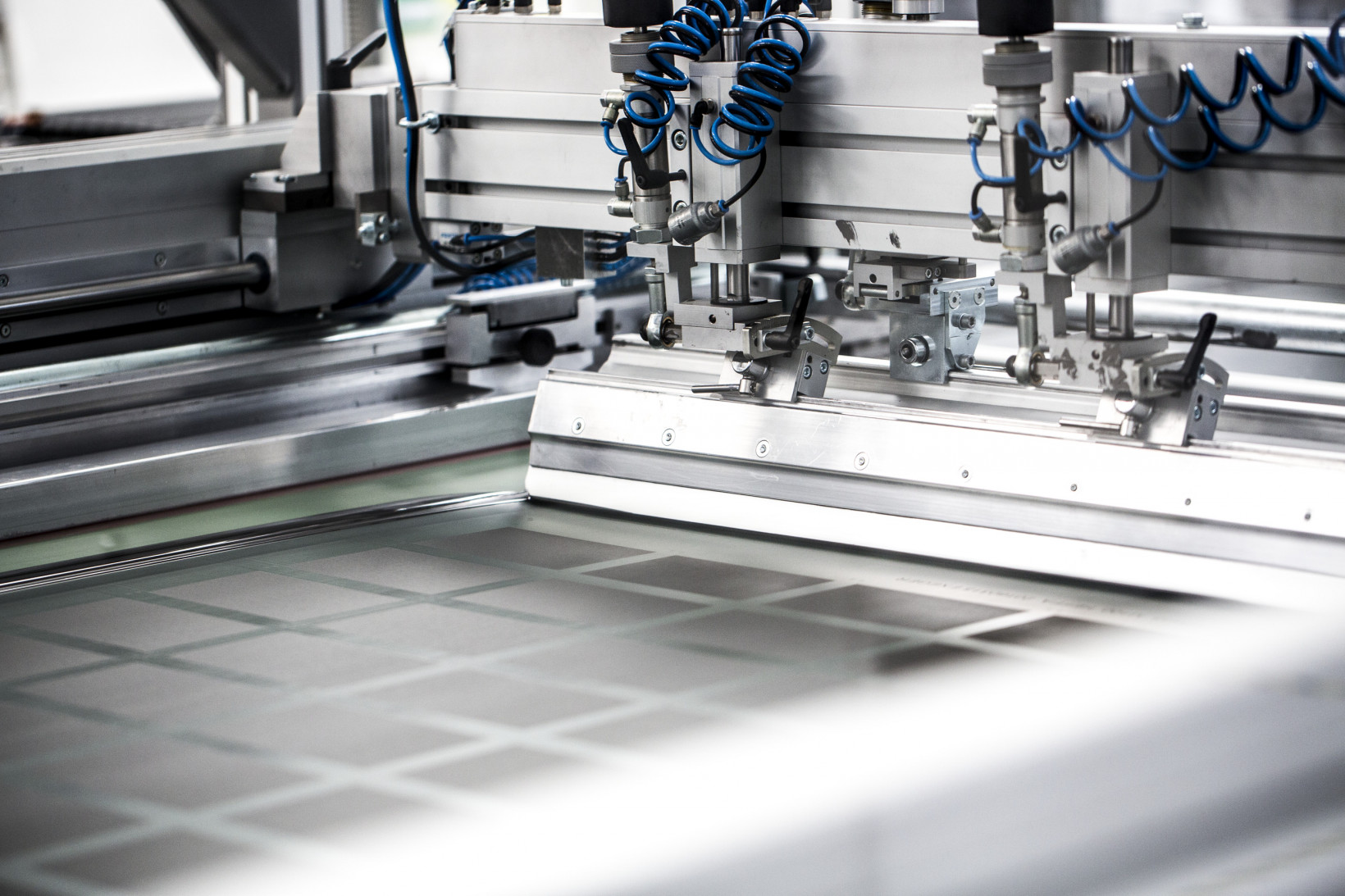
Following manufacturing, Exeger ships the cells to its partners along with instructions on how to integrate them into their product. But I had a question: how easy is the integration process?
I spoke with Tuomas Lonka, Brand & Marketing Director of Urbanista, which worked together with Exeger to launch its two solar-powered headphones, the Los Angeles and the Phoenix.

“We work in close collaboration with Exeger in making the most out of the technology within the context by which we are creating our product,” Lonka explained. “What’s really great is that you can integrate the technology so well that you can barely tell that there is a solar cell.”
“When it comes to solar-powered headphones, development time is slightly longer than that of your average product,” he explained. “However, what I would say is that we have been able to work extremely fast considering that this is the first time this technology is brought to market and we have now done two products in two years.”
Endless battery life?
From a consumer perspective, owning a device that continuously charges through light brings a huge benefit: energy independence. But how exactly does this work in practice?
Powerfoyle harvests electricity in all light conditions: from sunshine to artificial indoor light. Naturally, the solar cell charges the most when the sun is bright. It can still harvest enough energy during a cloudy day, which is reduced when it charges via artificial light, and comes to a halt in darkness.
I asked Fili how long it takes for the headphones to charge.
“They charge all the time. That’s the point,” he says. “To give you a generic answer, about 15 to 20 minutes of sun exposure will be enough for you to have an hour of listening. That’s what the customers care about.”
“With normal use the headphones will always be fully charged, you’ll almost never deplete the battery.”
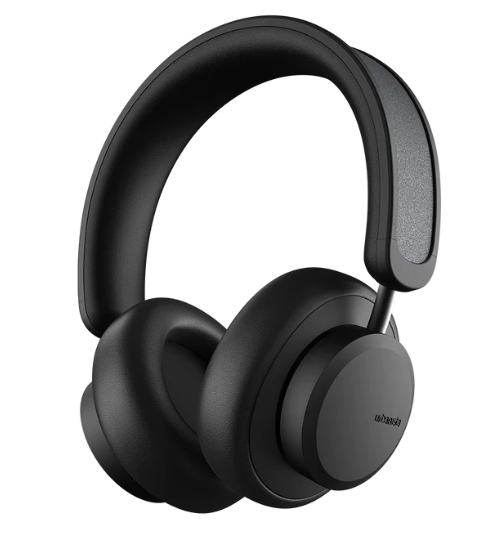
Speaking specifically about Urbanista’s headphones, Lonka explains that charging time depends on the size of the solar patch and the type of light you expose them to.
“If you’re in Portugal versus Stockholm, for example, the amount of sunlight during the day is very different, but roughly what we have been saying is that with Phoenix for example — the solar surface of which is a little bit smaller than that of Los Angeles — you get one to one. This means an hour in sunlight should give you roughly an hour of playtime.”
“Of course, when the battery is full, the product isn’t going to charge further than that. But on the other hand, it’s constantly charging. We start getting a lot of feedback from people who have bought the Los Angeles and say that they’ve had it for several months, without ever needing to plug it in.”
“What’s maybe more important for consumers is really tackling that main pain point with wireless products, which is that you constantly need to be plugging them in or, or experience battery anxiety,” he notes. “It’s that you don’t really need to think about charging them that much anymore.”
But what’s the extra cost consumers have to pay for this type of energy independence?
The Urbanista Los Angeles cost €199 — €50 more expensive than the Urbanista Miami which offer the same capabilities sans the Powerfoyle tech. The same goes for the Adidas RPT-02 Sol priced at €229, compared to the non-solar Adidas RTP-01 that cost €169.
Driving sustainability
Solar-powered products are the next step in environmental responsibility, both for brands and their consumers.
“There are zero emissions coming from Powefoyle’s production,” Fili says.
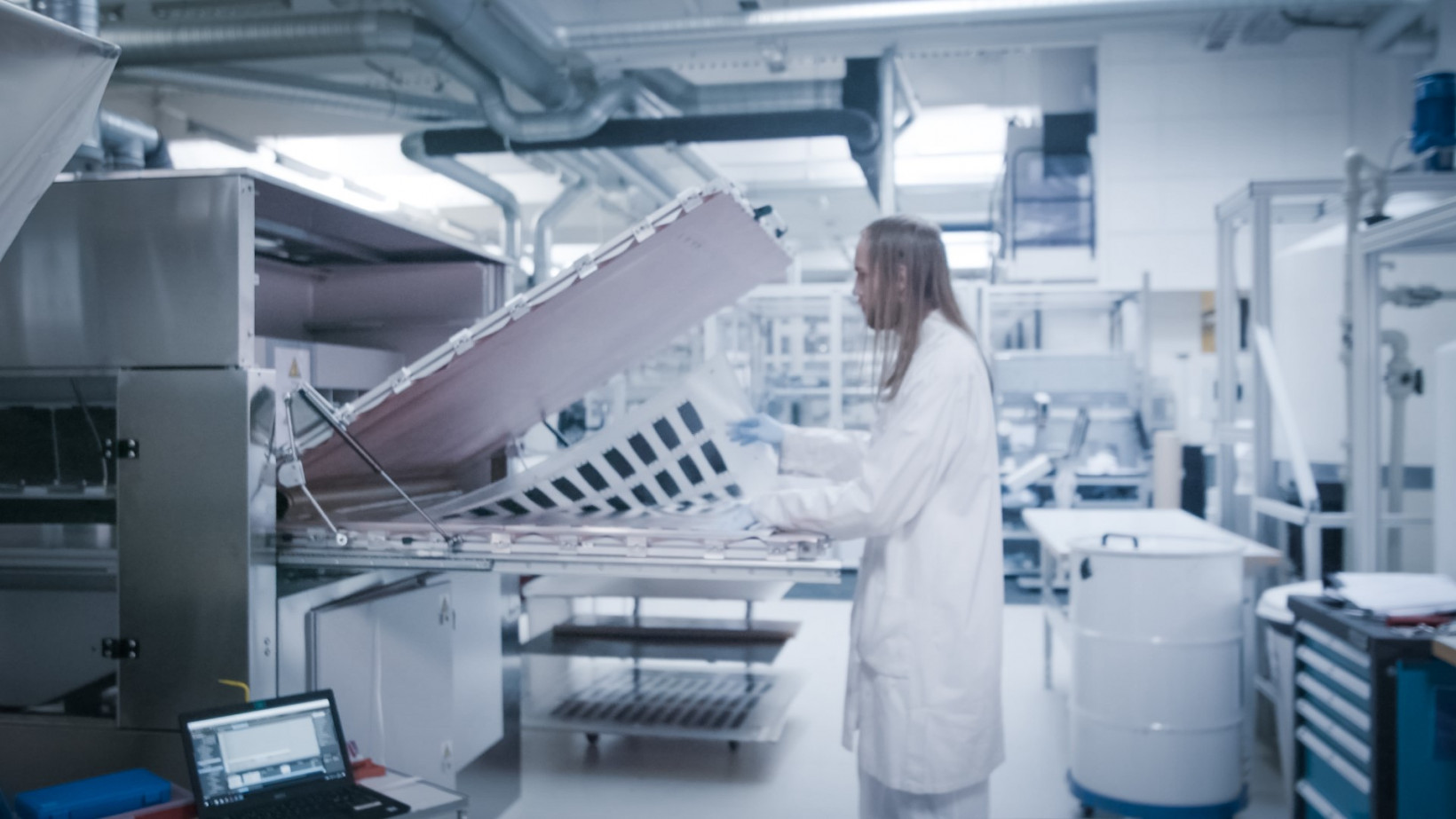
Beyond that, solar-powered devices can reduce additional cables (along with their respective production emissions and waste disposal) as well as charging from the grid. To get an idea of the potential energy savings, the market demand for headphones in 2020 amounted to 514.5 million units, with a volume forecast of 1,335.7 million units in 2027.
Likewise, the global sales for remote controls are expected to exceed 630 million units by 2029, which roughly translates to more than two billion discarded batteries per year.
These high numbers, however, bring a significant environmental advantage: increased consumer engagement with sustainable technologies. Introducing solar-powered devices into everyday life cultivates a relationship with a new type of clean energy, which could shift consumer choices into a more sustainable way of living.
A bumpy road to success
As fascinating as Powerfoyle technology sounds, developing and commercializing it has been no bed of roses, translating into more than a decade of effort.
“When we came up with this innovative idea, it was difficult to convince people to invest in it,” Fili says. “Sometimes I wonder how I did that, suggesting that the tech might work in 10 or 12 years. You need people who want to be on the ride for a long time. This is a long term game. And we managed to find them. Up until now we have raised €180 million.”
Despite the unfavorable odds, Fili saw a great market opportunity. He explains how the key was integrating the technology into consumer products that sell by millions of units per year.
“Right now there’s no competition, no one can do what we do both design and efficiency-wise,” he notes. “In terms of power production, if you compare Powerfoyle to the traditional solar cells they use on rooftops or solar parks, these cells are 40% more efficient. But if you look within the areas we focus, Powerfoyle is way more efficient than the typical solar cells.”

Consumers are still unfamiliar with self-powered solar devices, he adds. But he believes that the market is finally getting traction.
“For thirteen years nobody believed us,” he explains. “But when you see now that we’re partnering with companies like Adidas, you know that the technology works. It’s exploding.”

I asked Fili, who has received the European Inventor of the Year 2021 award, what advice he would give to entrepreneurs who wish to enter the field.
“The probability of success increases if you work and think together with two or three other people,” he notes. “Then of course believe in yourself and don’t give up, but mainly, focus on why your technology is important to people. Because if it is, you will be able to sell it.”
Get the TNW newsletter
Get the most important tech news in your inbox each week.



